Solutions for Summer Squash Pests and Diseases
Identify and address these potential threats to your crop
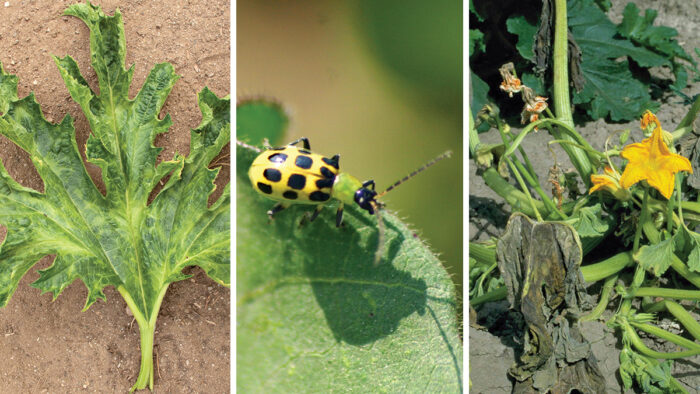
Summer squash are relatively easy to grow, but there are several insect pests and diseases that can afflict the plants. Initial control of the following pests, especially cucumber beetles, is best achieved by keeping the crop covered with a floating row cover installed at planting time. Keep it on until the plants start to flower, then remove it to allow for pollination. Moderate-weight row covers, such as Agribon’s AG-19, provide extra heat for faster growth and frost protection to around 28°F. To reduce pest and disease pressure, avoid planting in spots where other cucurbits like melons, winter squash, or pumpkins have grown in the last three years. For help with pests not discussed below, contact your local cooperative extension service.
Pests
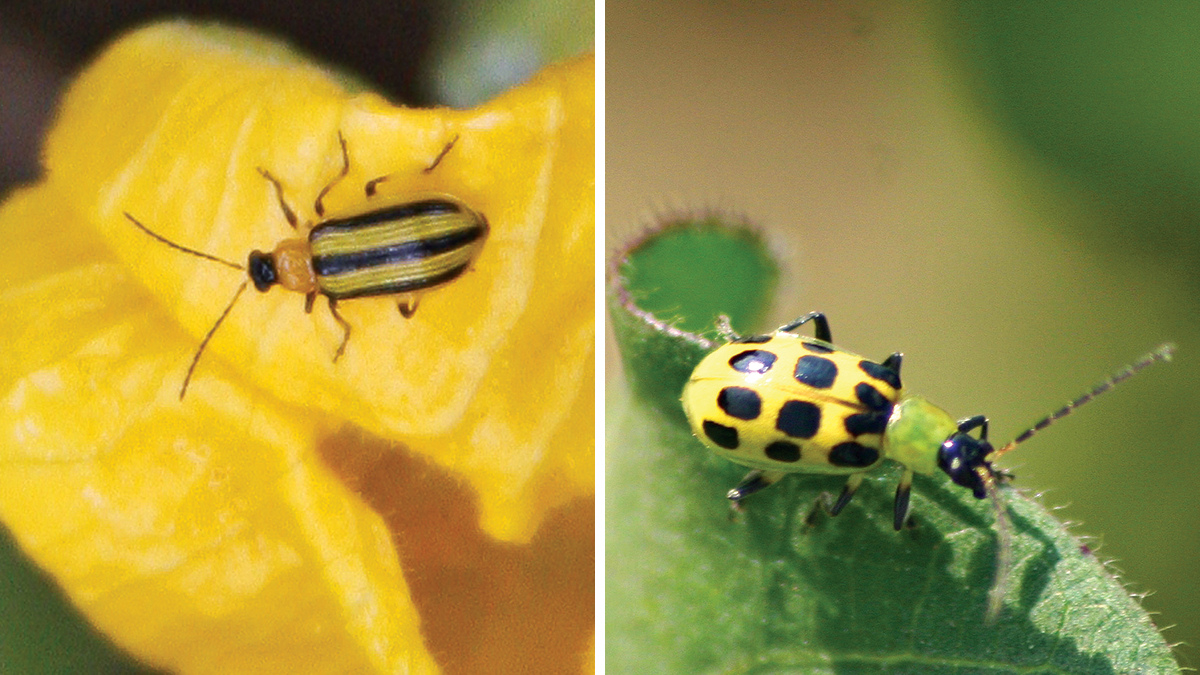
Cucumber beetles can defoliate and kill small seedlings or transplants and can cause significant feeding damage even in full-size plants. And if that is not bad enough, these beetles can transmit bacterial wilt and squash mosaic virus to your squash plants. Two species are commonly encountered—the striped cucumber beetle (left) and the spotted cucumber beetle (right). Control them with row covers or organically approved insecticides such as AsaGuard, Mucotrol ESO, kaolin clay (Surround WP), or PyGanic.
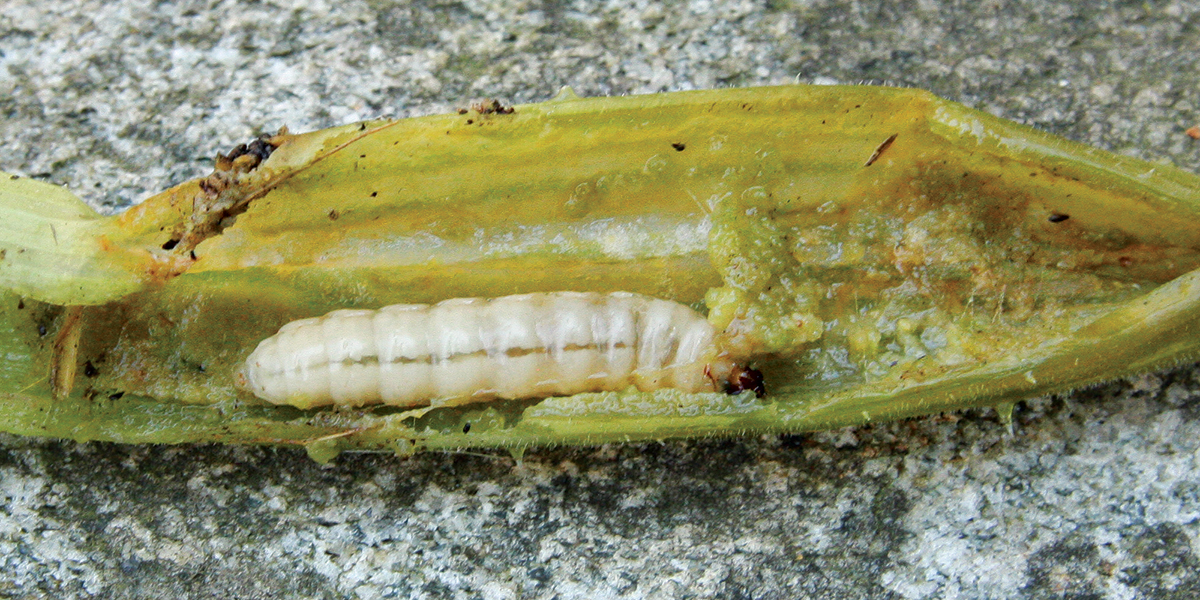
Squash vine borers are moth larvae that bore into plant stems, causing leaves and vines to wilt and eventually die. Control these pests by scouting for frass and larval entrance holes at the bases of vines. Cut open the stem to confirm the presence of larvae, then kill them. If you bury a wounded stem, it may reroot. If larvae are present, apply PyGanic directly to the crown and vines of the plant.
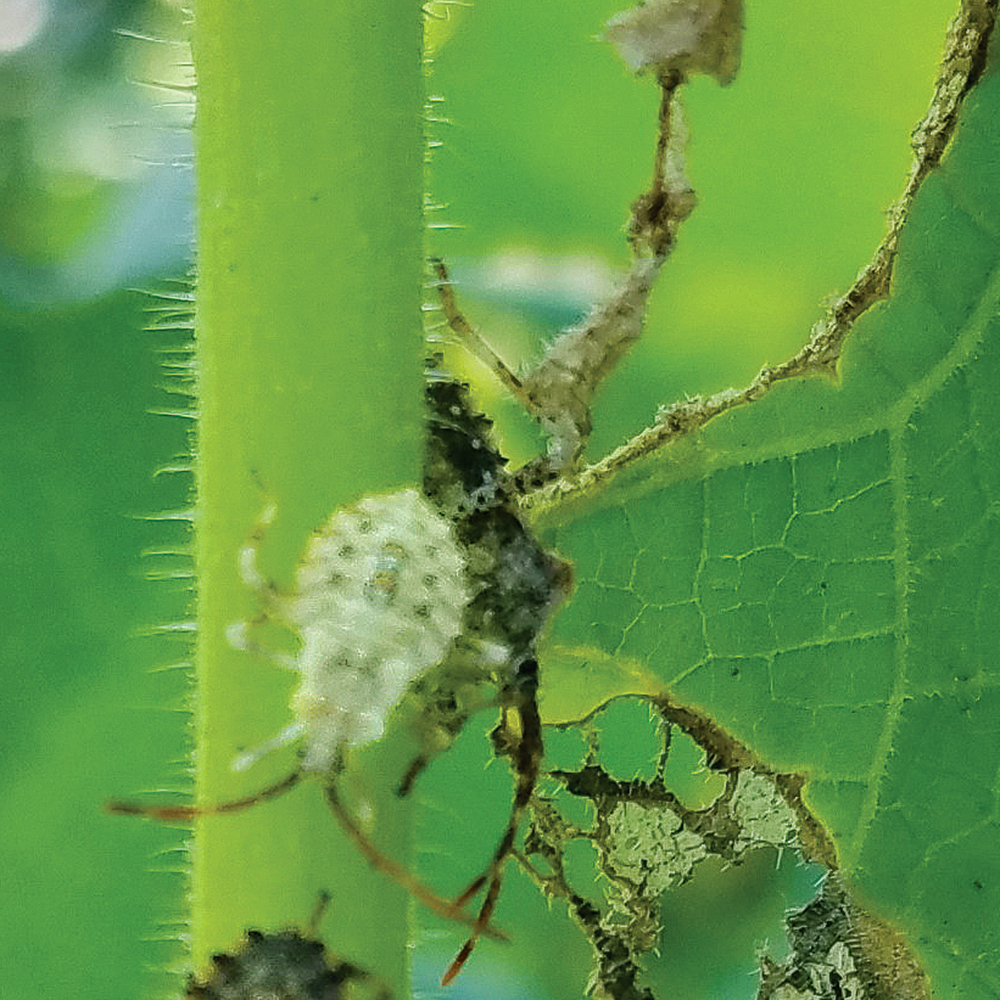
Squash bugs are most damaging to small plants, but in large numbers, they can seriously harm bigger plants. The grayish-brown adults use their piercing mouthparts to suck sap from plants, scarring fruit and causing leaves to wilt and die. The females lay brown eggs on the undersides of squash leaves. Nymphs, which generally hatch in groups, have pale green abdomens that darken as they mature. Control them with row covers, or destroy eggs, nymphs, and adults. Nymphs may be controlled with Safer Insect Soap; PyGanic works well against adults and nymphs.
Diseases
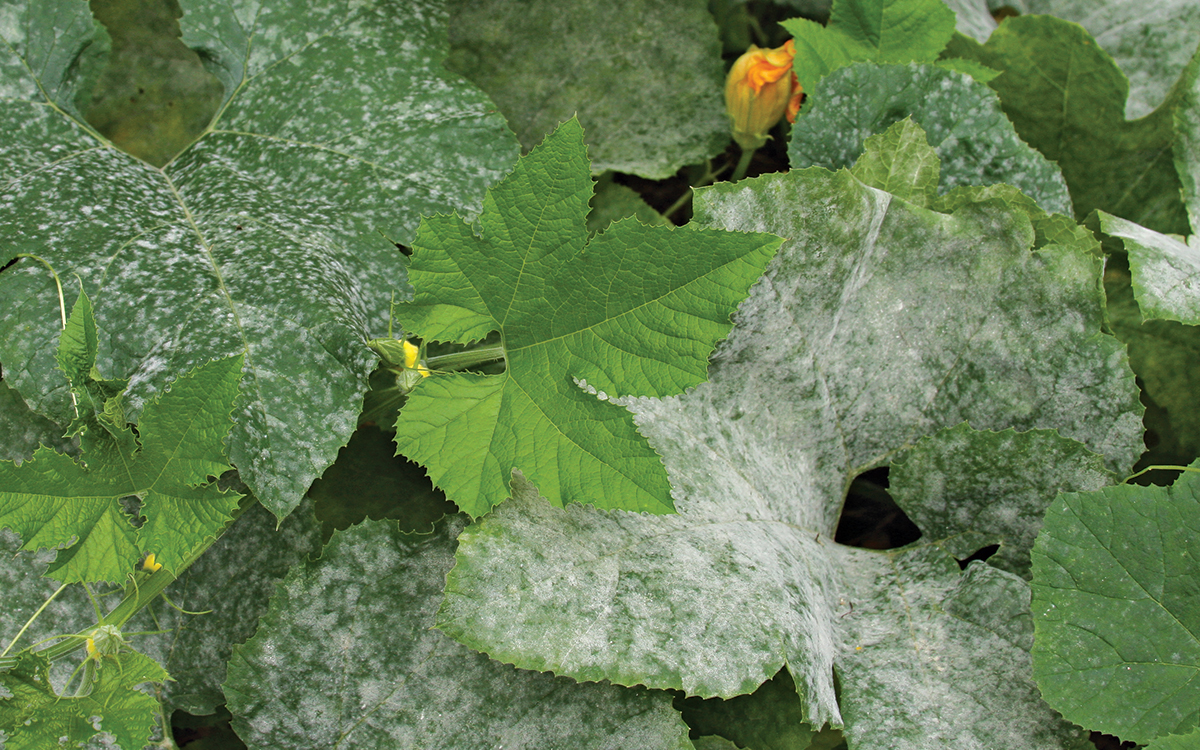
Powdery mildew generally begins to develop in late summer and continues into fall. Affected leaves show powdery white spots on both sides of the leaves and stems. Severe infections can compromise the plants, causing early leaf senescence and premature and incomplete ripening of fruits. Several organically approved products, including Mildew Cure, may be used to control powdery mildew.
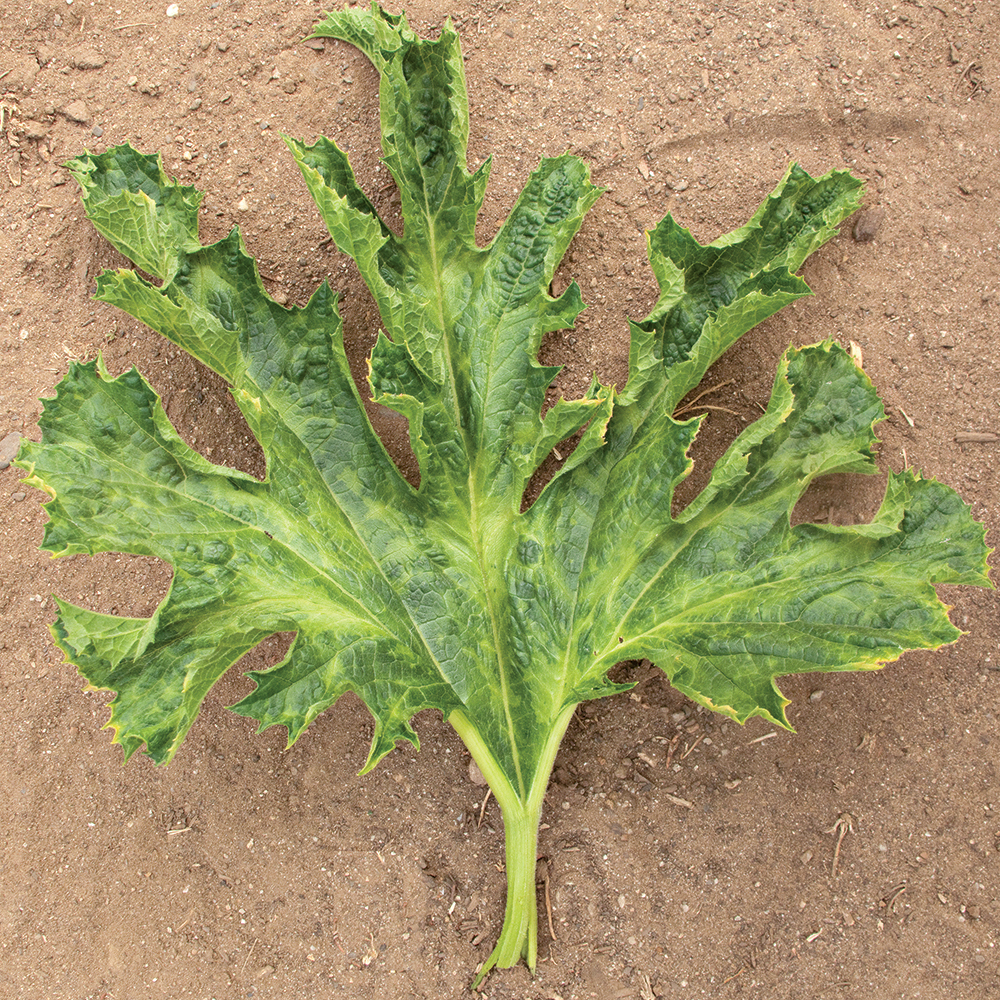
Viruses that affect summer squash include cucumber mosaic, zucchini yellow mosaic, watermelon mosaic 1, and watermelon mosaic 2 (also called “papaya ringspot”). Aphids generally transmit these diseases from other vegetable crops or weeds. It can be hard to differentiate between them since their symptoms are similar. Infected leaves may be distorted and exhibit yellowish mosaic patterns. Infected fruits are mottled, discolored, and malformed. There are no controls for these viruses, so the best way to avoid them is by planting resistant varieties. Controlling aphids and keeping the area around your garden well-weeded can also help. Your local cooperative extension service may be able to test leaf samples to determine which viruses are afflicting your crop.
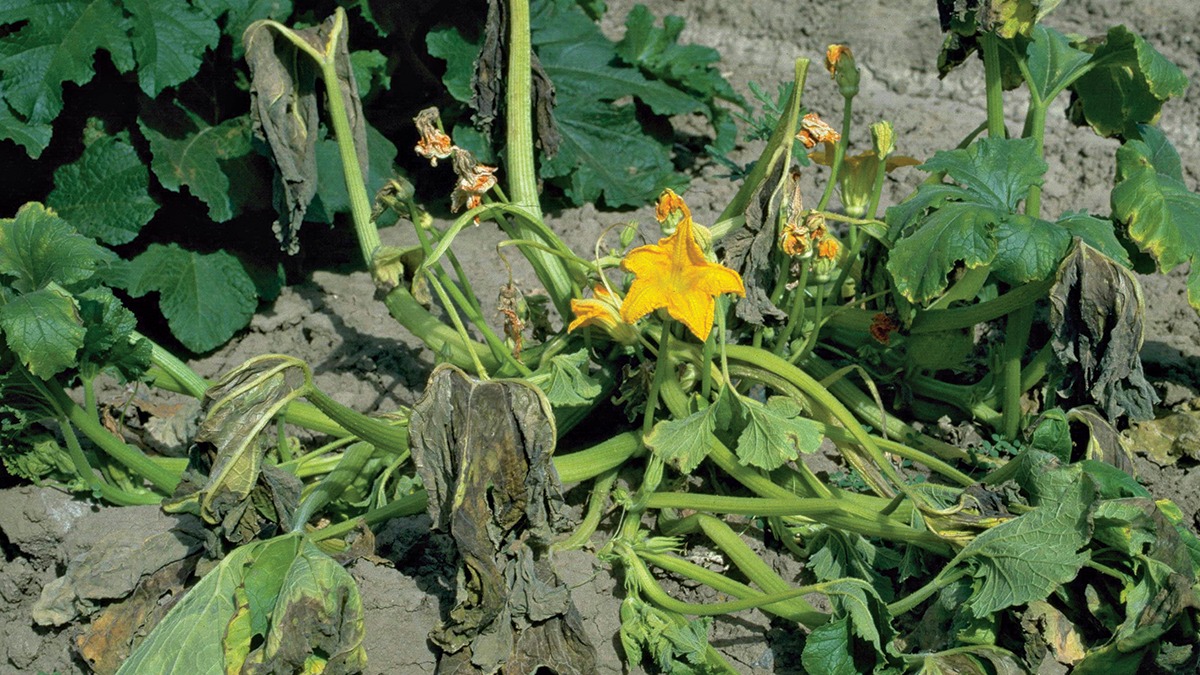
Bacterial wilt is best avoided by controlling cucumber beetles, which transmit this disease. The leaves on infected plants droop, then become yellow between the leaf veins, and eventually turn brown and die. There is no cure once plants become infected. Infected plants should be removed and either buried or bagged and thrown in the trash.
Steve Bellavia is a vegetable researcher at Johnny’s Selected Seeds in Winslow, Maine.
Fine Gardening Recommended Products
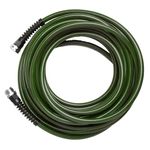
Water Right PSH-100-MG-1PKRS 400 Series, 100-Foot, Olive Green
Fine Gardening receives a commission for items purchased through links on this site, including Amazon Associates and other affiliate advertising programs.
- 3 Pounds
- 1200"L x 0.43"W
- Manufactured in the USA

SHOWA Atlas 370B Nitrile Palm Coating Gloves, Black, Medium (Pack of 12 Pairs)
Fine Gardening receives a commission for items purchased through links on this site, including Amazon Associates and other affiliate advertising programs.






Comments
Log in or create an account to post a comment.
Sign up Log in